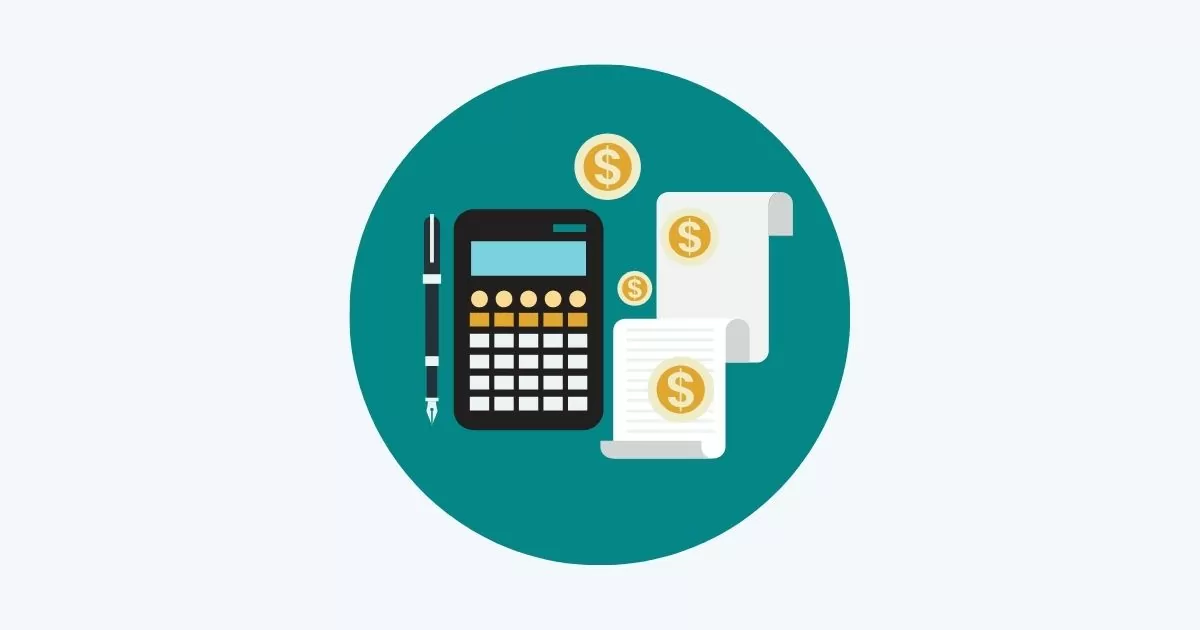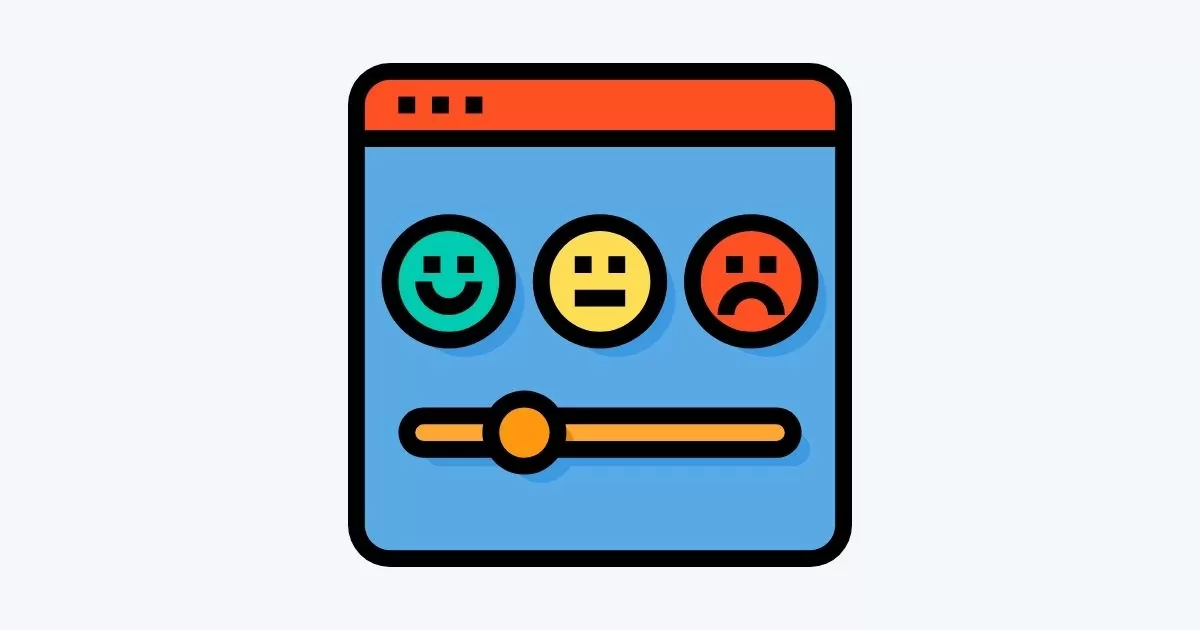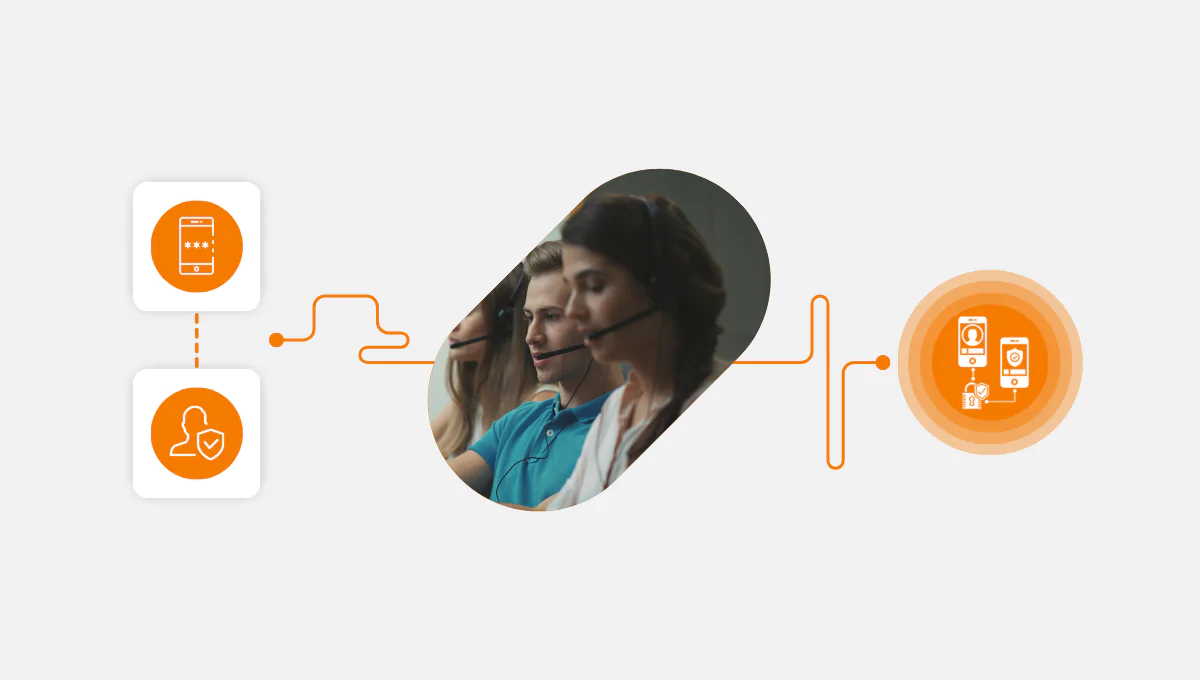Are you struggling to measure customer satisfaction in a way that truly reflects the loyalty of your customers? Give Net Promoter Score (NPS) a try.
NPS is a simple yet powerful metric that measures the likelihood of customers recommending your product or service to others. But how can you improve your NPS? Enter AI.
You can use AI to gain insights on customer feedback for data-driven decisions that enhance customer satisfaction and loyalty.
Join us as we dive into the details of NPS and learn how you can use AI to improve your NPS.
What is the Net Promoter Score?
NPS is a commonly used metric to measure customer loyalty and satisfaction. It is determined by how likely customers are to recommend a product or service to others.
It’s important to remember that this score is not a complete measure of customer satisfaction, but it is still a valuable tool for data-driven improvements to the customer experience. High NPS scores are linked to positive business outcomes, such as:
- Increased revenue growth
- Customer loyalty
If you want to measure customer loyalty and satisfaction with a simple yet powerful metric, NPS is a good place to start.
It helps businesses gain insights into customer opinions and experiences, leading to data-driven decisions to improve satisfaction and loyalty.

How is the Net Promoter Score calculated?
The NPS is derived from a simple question: “On a scale of 0 to 10, how likely are you to recommend this product or service to others?“
Customer responses are classified into three groups:
- Promoters are customers who score 9 or 10 and are highly likely to recommend the product or service.
- Detractors are customers who are unlikely to recommend the product or service, giving a score of 0 to 6.
- Passives are customers who give a score of 7 or 8 but are neutral about recommending the product or service.
Once you have categorized the responses, you can calculate the NPS by subtracting the percentage of detractors from the percentage of promoters.
For example, if 60% of respondents are promoters and 10% are detractors, the NPS would be 50 (60 – 10 = 50). A higher NPS score indicates greater customer loyalty and satisfaction levels, with a range from -100 to 100.
How to use AI to improve your NPS
To improve NPS, you can use AI to gain insights on customer feedback.
Collect real-time feedback
Using AI through chatbots after a purchase or support interaction can gather customer feedback in real time. NLP analysis can then categorize the feedback as either positive, negative, or neutral.
Identifying common pain points through this data can help businesses address issues and improve the customer experience.
Analyze customer feedback sentiment
AI can analyze feedback data to identify patterns and trends. Sentiment analysis determines the overall tone of customer feedback, while natural language processing (NLP) identifies specific issues or concerns.
Collect data from multiple channels
Use AI to improve NPS by analyzing customer feedback from social media, email and support interactions. Aggregating feedback from different sources helps businesses understand customer sentiment and identify areas to improve.
Maximize the potential of your passives
Passive customers, who have average feelings about a company, are often overlooked as they are less likely to respond to surveys. However, AI tools can gather feedback from customers through chatbots, providing insights to improve offerings.

What can you measure using NPS?
NPS is a powerful metric that can help businesses measure customer loyalty and satisfaction. A higher NPS indicates greater customer satisfaction and loyalty, which can lead to increased sales and improved brand reputation.
Using NPS, you can:
- Gain insights into how customers perceive your brand
- Understand how likely a customer is to return to your business or recommend it to others
NPS can Identify areas for improvement and help businesses make data-driven decisions to enhance customer satisfaction and loyalty.
In a nutshell
By using AI to improve NPS, you can collect real-time feedback, analyze sentiment, gather data from multiple channels, and maximize passives. However, it is important to remember that AI should be used as a tool to support human decision-making, rather than as a replacement.
Human analysis and interpretation of customer feedback remain crucial for addressing issues and making appropriate improvements to products and services.
By analyzing NPS data, businesses can detect patterns or trends in customer feedback, which can inform product development or customer service strategies.This can result in increased sales and improved brand reputation.
Remember, customer satisfaction is key to the success of any business. If you’re looking for a tool to help you improve your customer service, consider Call Center Studio.
With its advanced features like call recording, IVR, and call queuing, you can provide exceptional customer experiences and improve your NPS. Visit Call Center Studio to learn more.




